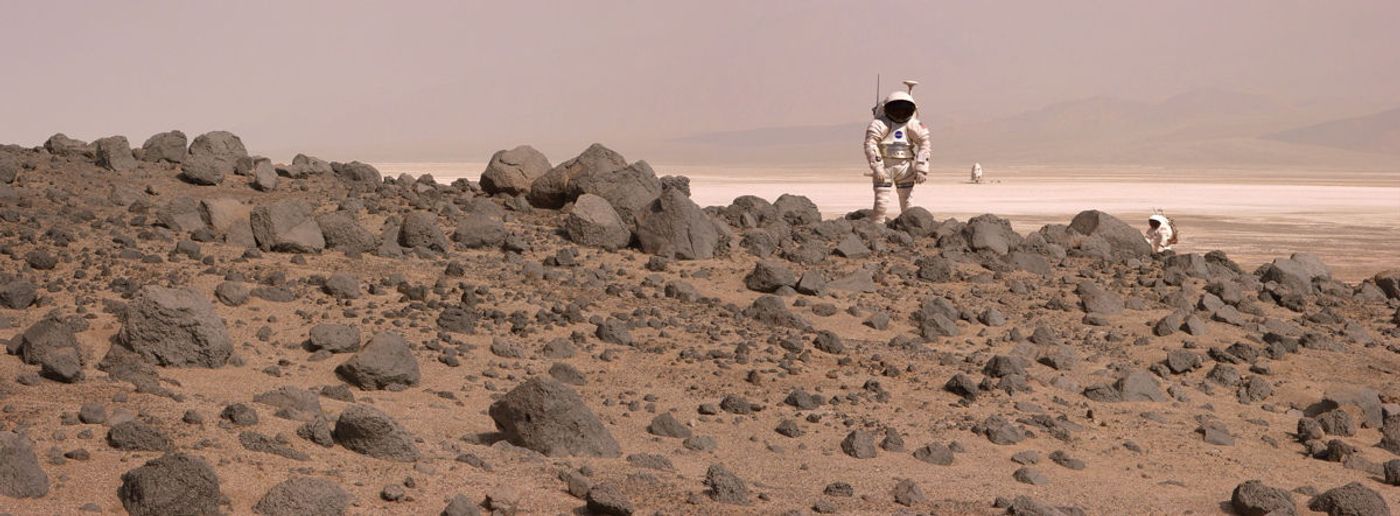NASA Says We Are Still a Long Way From Colonizing on Mars
Ever since NASA’s great announcement last year, where the space agency publicized its interest in sending mankind to Mars, there has been a lot of of buzz about just when and how we’d be sending people to live on Mars’ harsh extraterrestrial environment.
Although there have been lots of ideas and there have been requirements set forth by the United States government for NASA to develop some kind of prototype blueprint for how humans could settle on the red planet before taking it any further, NASA admitted on Wednesday that mankind is still a “long way” away from settling on the red planet permanently.

SpaceX’s Elon Musk may believe that we’ll have human colonization thriving on the surface of Mars within the future, but NASA doesn’t think we’ll have more than just a temporary base and testing facility by the end of 2030, suggesting that some of the most recently speculations may be blown far out of proportion.
That’s not to say that companies like SpaceX couldn’t develop Mars colonies of their own in the future. With the proper governmental permissions and enough money, anything could happen. It just doesn’t appear that NASA shares the same desires at this point in time.
According to NASA's Human Exploration and Operations Mission Directorate Ben Bussey, permanent settlement on Mars is “a long way down the road. No one's thinking of, on the NASA side, like a permanent human base.”
“The idea here is that you would have your exploration zone that you set up for the first crew,” Bussey continued. "And that crew would leave, and then you send another crew at the next good launch opportunity. So it isn't permanently occupied, but it is visited multiple times."
Such a facility might be a lot like the International Space Station, in which astronauts would aim to live on the base for temporary periods of time before returning back to Earth. While there, astronauts could conduct tests and research that could be phoned back home to Earth to improve our understanding of the red planet.
The obvious difficulties are in how it takes so long to get to Mars. It can be as quick as 6 months, or as long as two years, which provides hardly any time at all for dealing with health emergencies or re-supplying the astronauts. These are all hurdles NASA will have to overcome before these kinds of deep-space missions become commonplace.
Source: Headlines and Global News








